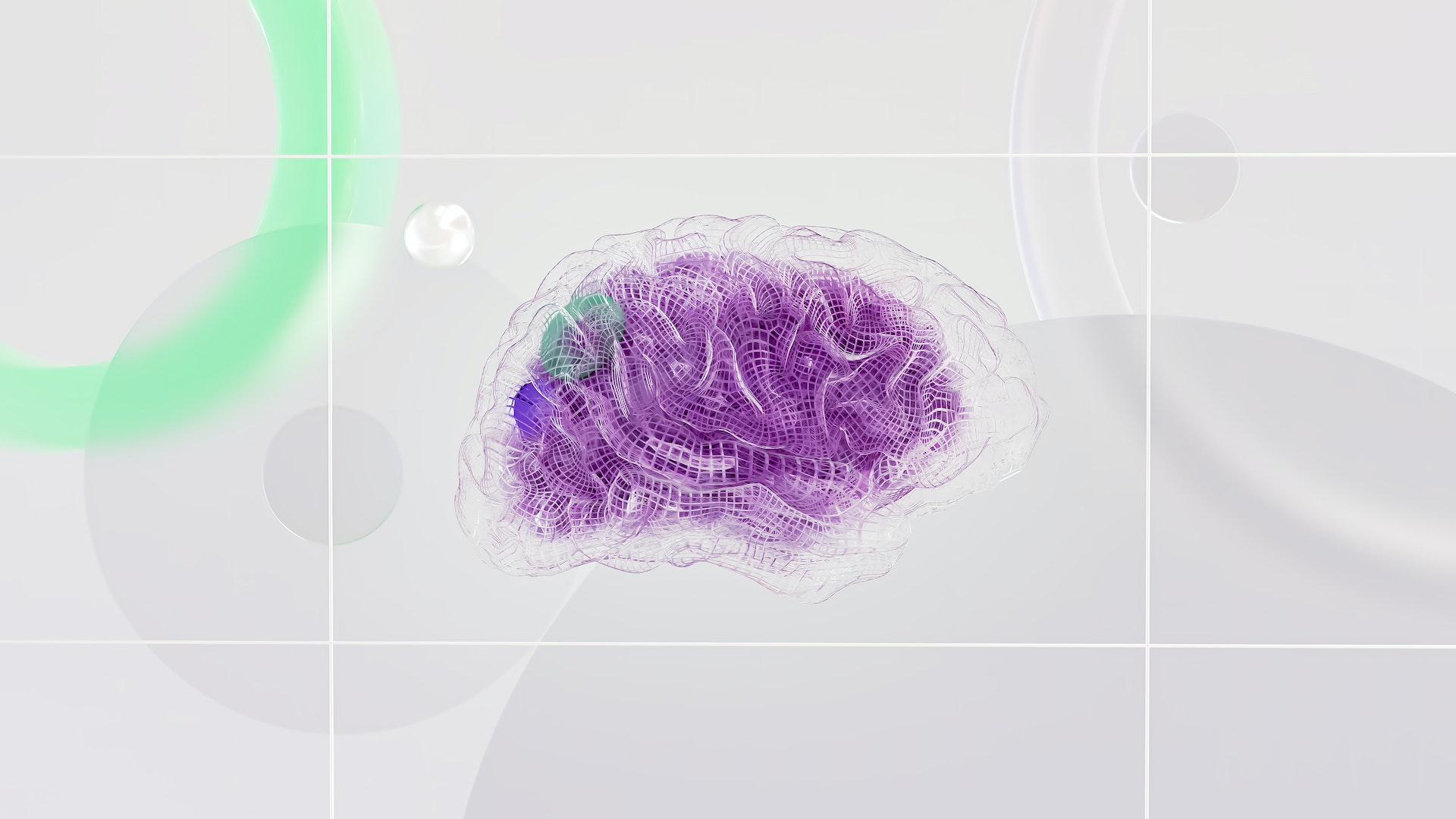Speech generators powered by intelligence (AI) have made quite a progress in replicating human speech patterns and intonations. These impressive systems can generate speech that’s incredibly similar to that of a human. This ability captivates audiences and creates quality user experiences. In this blog post, we will delve into the advancements in AI speech generation technology and explore how these techniques imitate human speech.
Understanding AI Speech Generation
AI speech generation is a branch of Natural Language Processing (NLP) that focuses on generating speech that resembles human patterns, intonations and emotions by using machine learning algorithms. Early attempts at speech generation often relied on the Synthesis method, where pre-recorded fragments of speech were stitched together to form new sentences.
While this approach produced results in the past, it lacked the flexibility and adaptability needed for generating highly dynamic speeches. A contemporary AI voice over generator can mimic human speech in a way that people can hardly identify the speech as being AI-generated.
The Role of Deep Learning
The emergence of deep learning has revolutionized AI speech generation. Deep learning models like Recurrent Neural Networks (RNNs) and more recent transformer models like GPT 3 have played a crucial role in advancing this technology.
Particularly RNNs have proven to be very effective in generating contextually relevant speech.
These models learn from sets of data, capturing the patterns and correlations in human speech. By analyzing the training data, Recurrent Neural networks (RNNs) gain an understanding of phonetics, accents, and intonations. This deep learning enables RNNs to generate speech that sounds as natural as human voice.
Incorporating Human Intonation and Prosody
One important aspect of human speech that AI speech generation aims to reproduce is intonation or prosody. Intonation refers to the rise and fall of pitch in a speech, conveying information such as emotions, sarcasm, or emphasis. Prosody encompasses rhythm, stress, and intonation patterns in connected speech.
AI speech generation models utilize techniques to achieve a human-sounding intonation. By training on datasets of recorded speech, these models learn to capture the temporal patterns observed in human speech. They can identify pitch accents, phrase boundaries, and prosodic cues that indicate the speaker’s intentions or emotional state.
Generating emotionally expressive speech is another area where AI voice generators focus their efforts. Emotionally expressive speech can greatly enhance user experiences by providing interactions in applications like virtual assistants or chatbots.
To generate an emotionally expressive speech, content AI models can be trained using datasets that include labeled samples of emotional speeches. By studying the cues found in the data used for training, these models can produce speech that effectively mimics human emotions such as happiness, sadness, anger, or surprise.
Addressing Ethical Concerns
As AI technology for generating speech continues to advance, there is a growing concern about issues related to misuses like deepfake audio or impersonation. To tackle these concerns, it is essential to develop methods for verification and authentication that can detect manipulated or artificially synthesized speech.
Researchers are currently exploring techniques to identify indications of speech by analyzing inconsistencies in factors like rhythm, pitch, and spectral properties. By comparing the generated speech with a reference database of speech, these methods can help mitigate the risks associated with AI-generated speech.
Applications of AI Speech Generation
The progress made in AI-generated speech has opened up applications. Here are some notable examples–
1. Virtual Assistants
The use of AI-generated speech allows virtual assistants like Siri, Alexa or Google Assistant to provide responses that sound natural and human-like, thereby enhancing the user experience.
2. Audiobook Narration
Generating human-like speech is particularly beneficial in audiobook narration. With the help of AI-powered text-to-speech systems, literary characters can be brought to life in an engaging manner.
3. Language Learning
AI-generated speech has the potential to greatly aid language learning by providing pronunciations and sounding examples.
In Conclusion
One of the benefits of this technology is improved accessibility for individuals with speech disabilities who can utilize AI speech synthesis to communicate effectively through text-to-speechh technology.
Looking ahead to the future, AI speech generation holds promise as technology advances. Researchers are actively exploring techniques to enhance the realism, adaptability, and expressiveness of AI-generated speech. With advancements in speech generation and improved verification, AI speech generators are steadily approaching a level where they can mimic speech with exceptional accuracy.
To summarize, progress has been made in AI speech generation, thanks to advancements in learning models and extensive training on datasets. From capturing intonation and prosody to generating emotional speech, AI speech generators are revolutionizing our interactions with technology. As this technology continues to evolve, we can anticipate impressive applications and uses for AI-generated speech.













